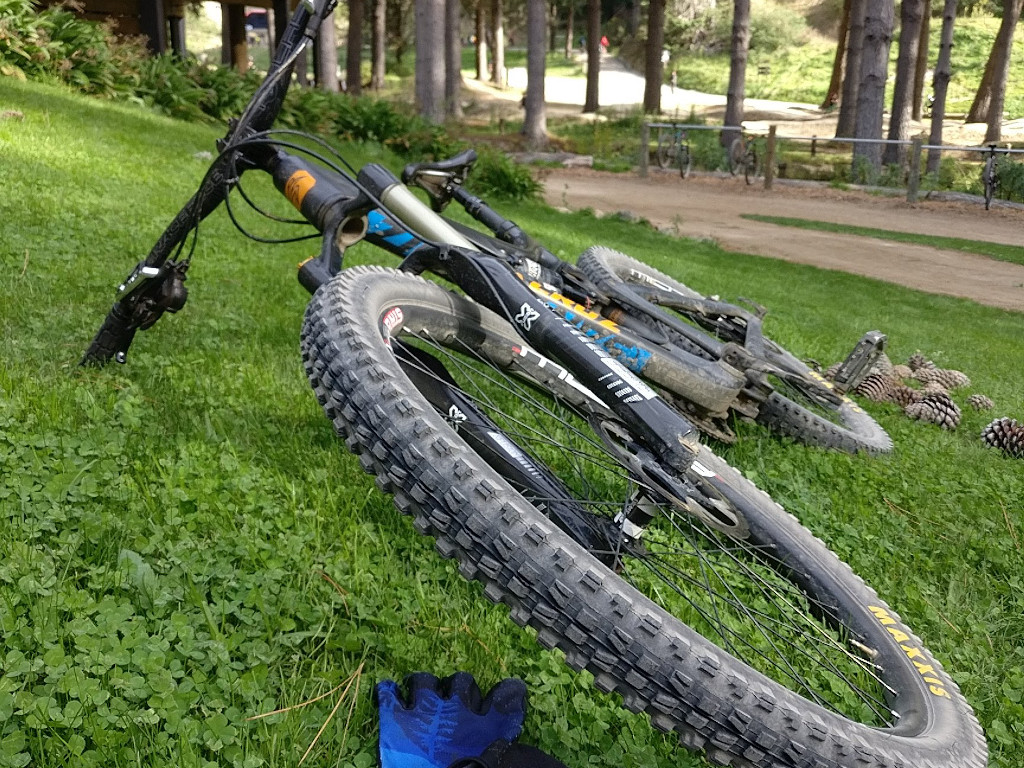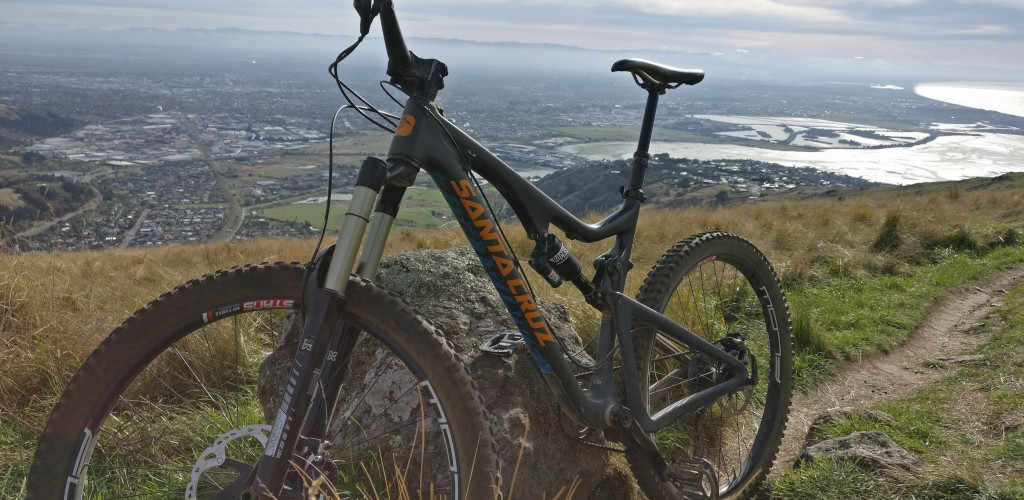Since it began in the 1970’s, mountain biking has gradually gone from being a fringe activity which was virtually unknown amongst the general population, to a much more widely recognized outdoor activity.
But how many people are actually involved in mountain biking, what motivates them to ride, and how dangerous is the sport really?
I’ve spent many hours looking into the stats relating to mountain biking in 2020, and I think you’ll find this interesting…
How many mountain bikers are there in the USA?
If we look at the US data we can see the number of people who are participating in mountain biking at least once a year has been increasing, despite outdoor activity as a whole declining over recent years.
It’s worth noting that in this most recent survey it was found that half of the US population above the age of 6 do not participate in outdoor recreation at all. This is thought to be primarily due to a combination of an ageing population, and lower participation rates in most outdoor recreation by younger people.
Below I have graphed some key metrics:

So now let’s take a look at what percentage of the population went mountain biking each year…

We can see here that mountain biking is indeed gradually trending upwards in popularity over the years, despite some yearly fluctuations.
Male vs Female mountain bikers?
It’s perhaps no surprise that women are still under-represented in the activity of mountain biking, with males outnumbering females 2 to 1 according to the latest Outdoor Participation Survey – though this has certainly come a long way since the sports inception less than 50 years ago.
This statistic holds true both for first time participants, as well as for ongoing involvement.
In fact, in another recent study, researchers found 83.9% of mountain bikers surveyed were male.
Interestingly, male mountain bikers rated their own riding ability higher more often.
21% of female riders categorized their MTB skill level as Advanced or Pro, while 40.4% of male riders put themselves in that category.

What are the statistics on why people mountain bike?
One less obvious statistic for why riders participate in MTB was 66.4% of riders saying that they enjoyed the bike maintenance aspect of the sport – with males twice as likely to be in this camp with 71.5% vs 34.6% for females.
Unsurprisingly, one of the most common reasons given by riders surveyed was the adrenalin rush that the sport provides – with 80.5% of riders saying this was one of their main reasons for participating in mountain biking.
But it goes much deeper than simply thrill-seeking, which most of us heavily involved mountain biking for many years will surely attest.
85.9% of riders surveyed said that mountain biking was part of their identity.
Learning and mastering new skills is a major factor for many riders too, with 53.6% of mountain bikers saying that they regularly spend time learning and practicing technical skills.
The most common factor amongst all riders though was perhaps no surprise to those of us who have loved mountain biking for many years – 98.6% of riders said that being outdoors helps them de-stress.
It is interesting that in fact several similar themes relating to improving state of mind and self-worth came out of these studies.
89.4% of respondents said that mountain biking makes them feel good about who they are.
Perhaps the most telling statistic was that of 93.5% of participants who said that their worries fade away when they ride.
Mountain biking and mental health stats
In fact, beyond being something to help forget their worries, a statistically significant number of riders reported that they use mountain biking to combat depression or anxiety.
A total of 33.8% of riders said they suffer from a mild mental illness such as depression, stress or anxiety, and that they use mountain biking as a coping mechanism for this.
Interestingly female riders were disproportionately represented here, with 45.9% of female mountain bikers indicating they fall into this category.
7.3% of mountain bikers said they suffered from severe/enduring mental health issues, and that they used riding as a coping strategy.
More generally, 82.1% of riders indicated that mountain biking helps them cope with negative thoughts or feelings.

Which mountain biking disciplines are most popular?
Across all of the riders surveyed 92.9% said that they’d participated in cross country & trail riding within the last 2 years.
The rise of enduro seems to be represented in the statistics too, with 56.3% of riders saying they’d participated in enduro or all mountain riding over that same period.
As for downhill, a total of 30.6% of riders said they’d gone downhill mountain biking in the last 2 years.
How dangerous is mountain biking?
Riders are well aware there are risks and danger involved in mountain biking – with 59.7% saying they felt they were taking moderate risks, and 9% substantial risk.
In fact, 65.6% of riders said they enjoy the sense of risk and danger which is part of mountain biking.
So statistically speaking, how likely are mountain bikers to sustain an injury?
According to studies published across a wide range of medical and sports medicine journals, the injury rate can be up to a whopping 40 injuries per 1000 hours of riding.
Now obviously this varies widely amongst the various disciplines that make up mountain biking, and also varies by age group and level of risk taking.
Interestingly, as bike parks and other commercial ventures typically restrict access to records of injury rates and the numbers of riders coming through their gates each day, the statistics are difficult to pinpoint here – with studies ranging from 1.5 to 40 injuries per 1000 hours of riding.
The type and severity of injury also varies widely of course, ranging from cuts and abrasions, all the way through to serious injuries (defined as life or limb threatening).
These serious injuries are believed to occur at a rate of 2.5 per 1000 hours of downhill mountain biking.
Is mountain biking only for the middle class and above?
With the relatively high cost of entry into the sport, due to the cost of a capable bike and equipment, this plays out in the statistics.
Nearly half the mountain biking participants in this years annual outdoor participation survey came from a home with a household income of at least USD$75,000.
Conclusions
The studies carried out recently give some interesting insights into what motivates people to take part in what is certainly a sport with inherent risks.
Achievement, progression, building self-worth, and coping with negative thoughts or mental health issues are an interesting counterpoint to the general public’s view of mountain biking as simply a sport for adrenaline-junkies.
It’s encouraging to see also that the numbers of mountain bikers are indeed gradually increasing, despite an overall reduction in outdoor recreation over recent years.
And the benefits of this I don’t believe can be understated – with everything now known surrounding the positive benefits of a stronger connection to nature, overcoming fears, and involvement in regular physical exercise.
Time to head out for another ride.
(PS – don’t forget to check out some of our other content while you’re here, some fun facts about mountain biking for instance!)
Sources:
Source A – Annual Outdoor Participation Survey (20,069 rider survey)
Source B – Research: Why Do You Ride? – (1484 rider survey)
Source C – Injuries in Mountain Biking and Implications for Care

